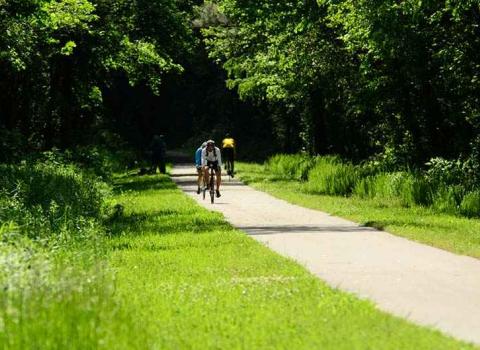
Nestled in the foothills of northeast Alabama in Calhoun County, 12 miles north of Anniston on Highway 21, the land that would become Jacksonville was purchased in 1833 from Chief Ladiga of the Creek Indians. Incorporated in 1836, cotton farming brought considerable wealth to the town, spurring the construction of many large homes during the antebellum period. In the early 1850s, a rail line was established between Jacksonville and Rome, Georgia, and eventually became part of the Southern Railway.
With just over 14,300 residents, Jacksonville maintains a small-town charm thanks to its historic public square and churches, antebellum homes and safe, attractive neighborhoods. Listed on the National Register of Historic places are Aderholt Mill (ca. 1825), the Downtown Jacksonville Historic District (ca. 1850), the First Presbyterian Church (ca. 1850), the Dr. J. C. Francis Office (ca. 1852) and the Profile Cotton Mills Historic District (ca. 1910). Jacksonville is also home to Jacksonville State University as well as abundant recreation opportunities including a community center featuring a full fitness area, basketball court, walking track, swimming pool and a 3-field, lighted soccer complex. In addition, the Chief Ladiga Trail, a 33-mile walking and bicycle path built on an abandoned Southern Railway railbed, passes through Jacksonville. The city also borders the Talladega National Forest’s Shoal Creek District, which offers camping, fishing, hiking, hunting, swimming and limited boating.

